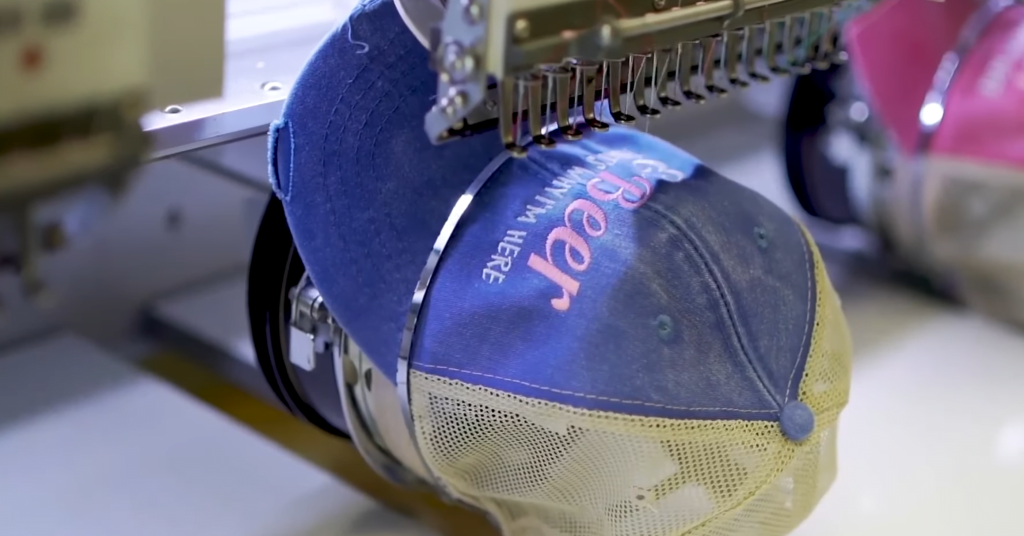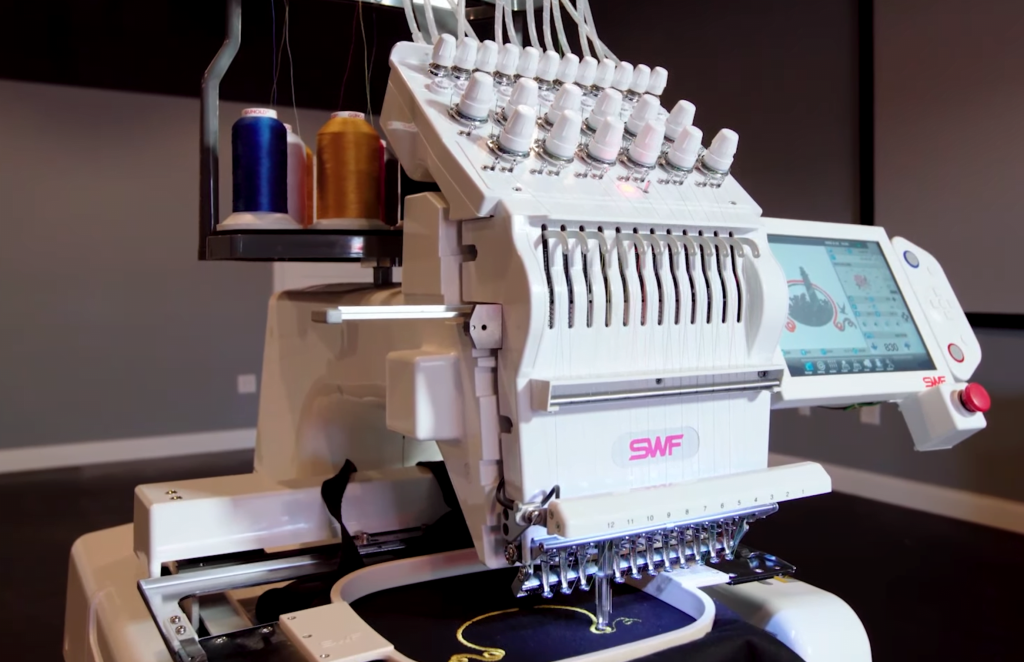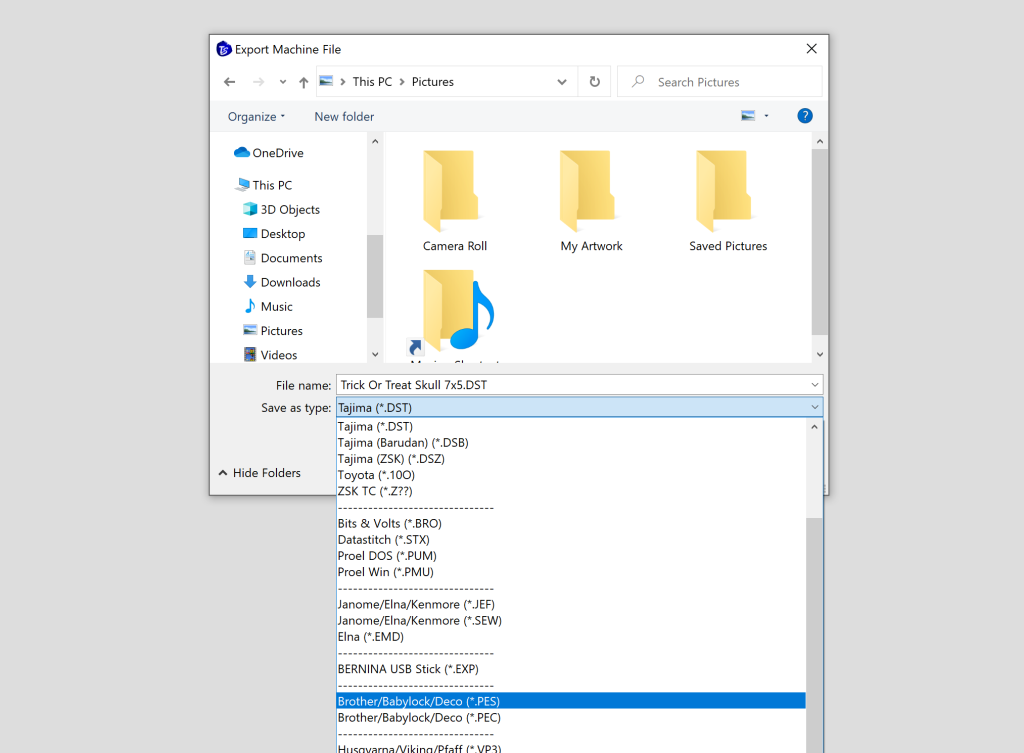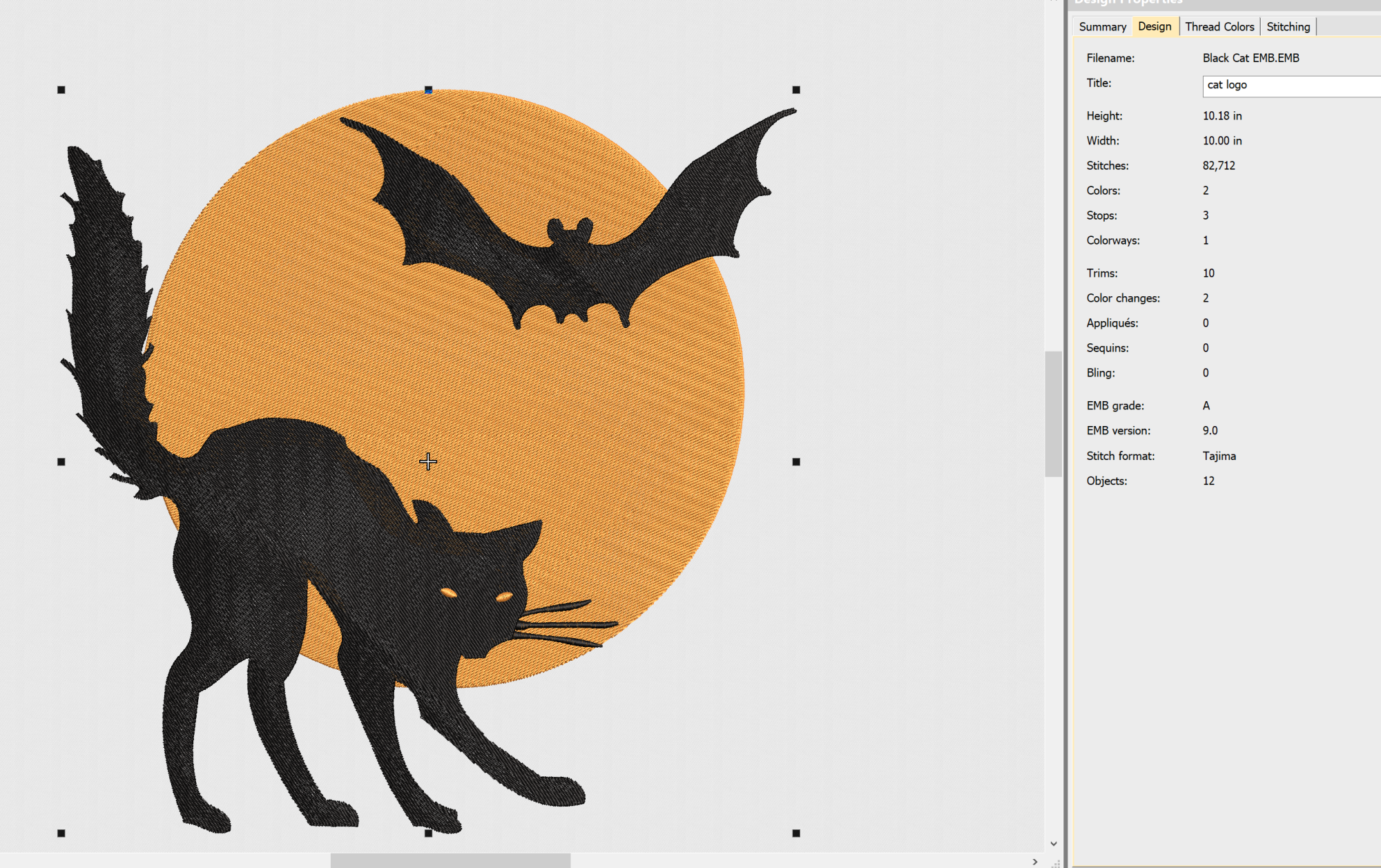Yes, you can remove embroidery but your success doing so and the methods you employ may differ depending on the embroidery and the garment type. In this article, we’ll tell you how!
Tools for Embroidery Removal
We’ll need a few tools to get started. I recommend having these items at the ready but all of them may not be necessary for a successful removal depending on the situation.
- Seam Ripper:
- Essential for cutting and removing individual stitches with precision. Choose a sharp seam ripper suitable for the thread thickness.
- Small Scissors:
- Opt for small, sharp scissors with a fine tip for detailed work. Ensure they are clean and in good condition to prevent snagging.
- Tweezers:
- Useful for grasping and pulling out individual threads. Select tweezers with a pointed tip for accurate handling.
- Magnifying Glass or Headset Magnifier:
- Enhances visibility for intricate designs and small stitches. Especially beneficial for those working on fine details.
- Protective Layer:
- Lay a clean, soft cloth or towel under the fabric to prevent scratches or damage to the work surface. Choose a color that contrasts with the fabric for better visibility.
- Stitch Remover:
- A stitch remover is not totally necessary, but it can make some removal jobs a lot easier. If you plan to remove a lot of logos, such as for removing your embroidery mistakes, it can be a great purchase, but if you’ll only be removing one don’t bother.
- Lint Roller:
- After removal, use a lint roller to pick up any loose threads or residue.
Removing the Embroidery
Starting with a Seam Ripper
- Locate Starting Points:
- Identify a corner or edge of the embroidery to begin.
- Gently insert the seam ripper under stitches, taking care not to pull or snag the fabric.
- Cutting Stitches:
- Use the seam ripper to cut individual stitches, working methodically.
- Avoid cutting too close to the fabric to prevent accidental snips.
- Pulling Threads:
- Once stitches are cut, use tweezers to gently pull out the loosened threads.
- Work in small sections, periodically checking the fabric for any signs of stress.
Using Small Scissors or Nail Scissors
- Precision Cutting:
- Employ small scissors to carefully cut remaining stitches, especially around intricate details.
- Keep the scissors at a slight angle to minimize the risk of accidentally cutting the fabric.
- Tackling Tight Spaces:
- For tight spaces or corners, nail scissors with a curved blade may offer better maneuverability.
- Take your time in these areas to ensure controlled cutting.
Taking Breaks and Assessing Progress
- Periodic Checks:
- Take breaks to assess the fabric and ensure it’s not undergoing undue stress.
- Check removed sections for any signs of damage or color distortion.
- Adjust Technique as Needed:
- If certain areas prove challenging, reassess your technique.
- Consider switching between tools based on the requirements of different sections.
Dealing with Residue
Embroidery removal may leave behind residue or backing material. Addressing this ensures a clean finish and prevents discomfort when wearing the garment.
Gently Removing Adhesive or Backing
- Tweezers for Residue:
- Use tweezers to gently lift and remove any adhesive or backing left on the fabric.
- Take care not to pull too forcefully to avoid stretching the fabric.
- Fabric Adhesive Remover:
- If adhesive proves stubborn, apply a small amount of fabric adhesive remover on a clean cloth.
- Dab, don’t rub, the affected area, and observe how the fabric responds.
Testing Adhesive Remover
- Spot Test:
- Before widespread application, conduct a spot test on a small, inconspicuous area.
- Ensure the fabric’s color and texture remain unaffected.
- Gradual Application:
- Apply adhesive remover gradually, observing the fabric’s reaction.
- Use a clean cloth to blot and lift away the residue.
Washing and Post-Removal Care
- Laundering the Fabric:
- Wash the fabric according to its care instructions to remove any remaining residue.
- Use a gentle detergent to preserve fabric quality.
- Air-Drying:
- Allow the fabric to air-dry to prevent potential damage from excessive heat.
- Check the fabric thoroughly before storing or wearing.
In closing, it is possible to undo embroidery. Whether you’re doing it so you can embroider again, or you just want to save a nice shirt from an ugly corporate logo!

Barb, our resident quilter and embroidery aficionado, weaves a thread of creativity through our collection. Serving as the curator of machine embroidery content, Barb infuses each design with a touch of her artistic expertise. The free embroidery patterns you discover on our site often bear the mark of Barb’s craftsmanship. Let’s get crafting!



